Home>Renovation & DIY>Home Renovation Guides>What Qualifies As Energy-Efficient Home Improvements For Tax Purposes?
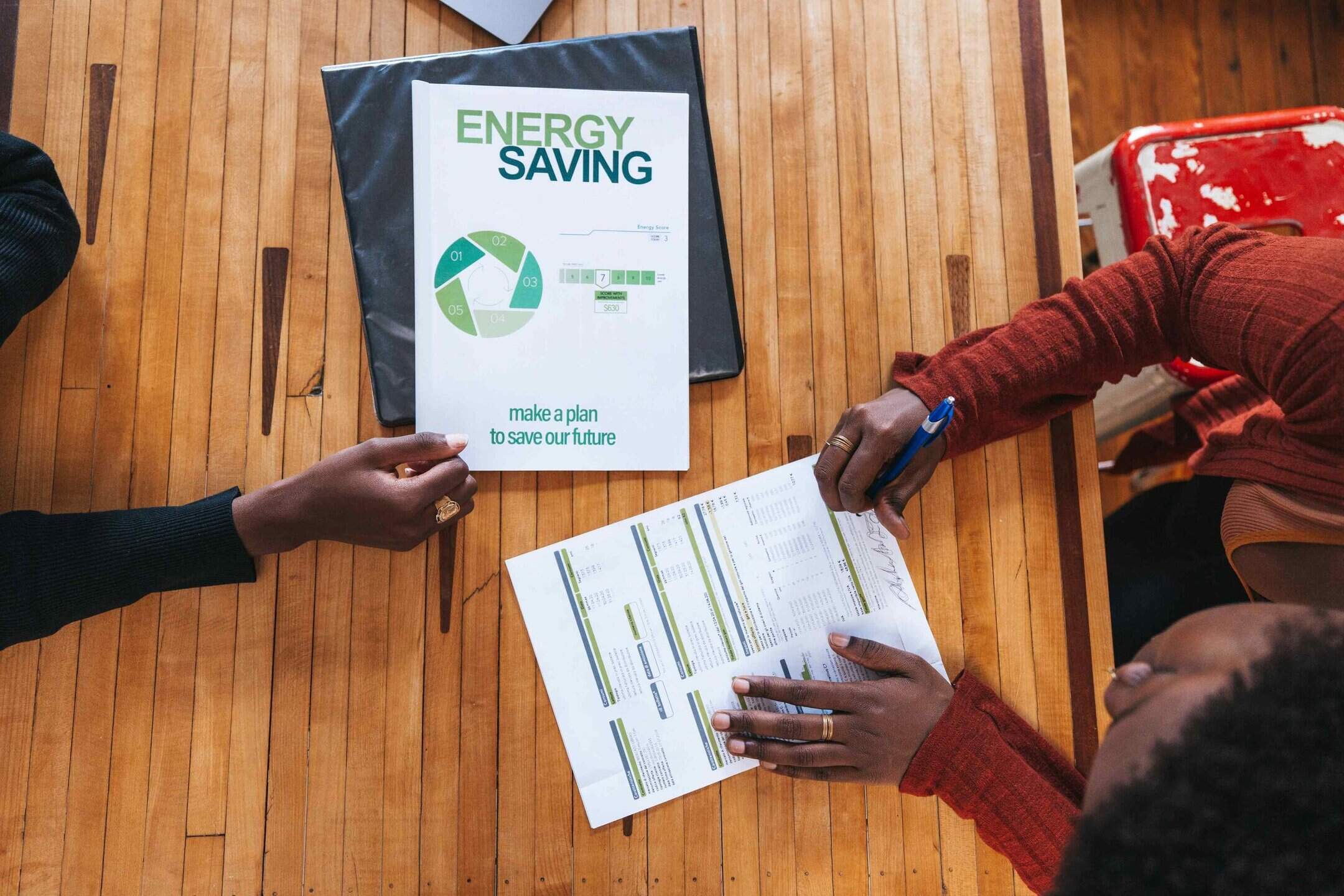

Home Renovation Guides
What Qualifies As Energy-Efficient Home Improvements For Tax Purposes?
Modified: January 19, 2024
Learn about energy-efficient home improvements that qualify for tax benefits. Get expert guidance on home renovation for tax purposes. Explore now!
(Many of the links in this article redirect to a specific reviewed product. Your purchase of these products through affiliate links helps to generate commission for Storables.com, at no extra cost. Learn more)
Introduction
Are you considering making upgrades to your home that not only benefit the environment but also your wallet? Energy-efficient home improvements offer a dual advantage by reducing your carbon footprint and potentially qualifying for tax benefits. By investing in these upgrades, homeowners can enjoy a more sustainable lifestyle while potentially lowering their tax burden. In this comprehensive guide, we will delve into the realm of energy-efficient home improvements and explore the tax advantages associated with them. Whether you're a seasoned homeowner or a first-time renovator, understanding the intricacies of these tax benefits can help you make informed decisions and reap the rewards of a greener, more cost-effective home.
Let's embark on a journey through the world of energy-efficient home improvements and unravel the tax incentives awaiting homeowners who embrace sustainability. Whether you're considering solar panels, energy-efficient windows, or other eco-friendly enhancements, this guide will equip you with the knowledge needed to make informed choices and maximize the potential tax benefits. So, let's roll up our sleeves and explore the exciting intersection of sustainable living and tax advantages!
Key Takeaways:
- Embracing energy-efficient home improvements not only helps the environment but also offers potential tax benefits, reducing your carbon footprint and lowering your tax burden.
- From solar panels to energy-efficient appliances, making sustainable upgrades can lead to long-term cost savings and qualify you for federal, state, and local tax incentives.
Understanding Energy-Efficient Home Improvements
Energy-efficient home improvements encompass a wide array of upgrades designed to minimize energy consumption and reduce a home’s environmental impact. These enhancements can range from simple, low-cost changes to comprehensive, high-tech installations, all with the common goal of enhancing a home’s energy efficiency. Common examples include:
- Upgrading to energy-efficient appliances
- Installing solar panels or a solar water heater
- Improving insulation and sealing air leaks
- Replacing traditional light bulbs with energy-efficient LED bulbs
- Upgrading windows and doors to energy-efficient models
- Implementing smart home technologies to optimize energy usage
Each of these improvements contributes to reducing energy consumption, which not only benefits the environment but also leads to cost savings for homeowners over time. Energy-efficient appliances and fixtures, for instance, consume less electricity or water while delivering the same, if not superior, performance compared to their traditional counterparts. Similarly, solar panels harness renewable energy from the sun, significantly reducing reliance on non-renewable resources and lowering utility bills.
Understanding the impact of these improvements on both environmental sustainability and long-term cost savings is crucial for homeowners looking to make informed decisions about their home upgrades. By embracing energy-efficient enhancements, homeowners can contribute to a greener planet while enjoying the practical benefits of reduced energy expenses.
Tax Benefits of Energy-Efficient Home Improvements
One of the compelling incentives for homeowners to invest in energy-efficient upgrades is the array of tax benefits available at the federal, state, and local levels. These incentives are designed to encourage sustainable living practices and reward homeowners for making eco-friendly choices. The tax benefits associated with energy-efficient home improvements can take various forms, including tax credits, deductions, and rebates.
One of the most notable federal tax incentives is the Residential Renewable Energy Tax Credit, which allows homeowners to claim a percentage of the cost of qualified renewable energy equipment, such as solar panels and solar water heaters, as a credit on their federal tax return. This credit effectively reduces the amount of tax owed, providing direct financial savings for eligible homeowners.
Additionally, some energy-efficient upgrades may qualify for state or local tax incentives, further enhancing the financial benefits for homeowners. These incentives can vary widely depending on location and the specific programs offered by state and local governments. Homeowners are encouraged to explore available incentives in their area to maximize the potential tax benefits of their energy-efficient home improvements.
It’s important to note that tax benefits are subject to specific eligibility criteria and requirements, and not all energy-efficient upgrades may qualify for these incentives. Understanding the nuances of tax incentives and eligibility criteria is essential for homeowners seeking to leverage these benefits effectively.
By taking advantage of tax benefits for energy-efficient home improvements, homeowners can not only reduce their environmental footprint and energy expenses but also potentially lower their tax liability. These incentives serve as a powerful motivator for homeowners to embrace sustainability and make eco-friendly choices when upgrading their homes.
Check with the IRS for a list of energy-efficient home improvements that qualify for tax credits. Examples include solar panels, energy-efficient windows, and insulation. Keep receipts and documentation for your records.
Qualifying Home Improvements for Tax Purposes
When considering energy-efficient home improvements for tax purposes, it’s essential to understand which upgrades qualify for tax benefits. The Internal Revenue Service (IRS) provides specific guidelines outlining the eligible improvements that may qualify for various tax incentives. Common qualifying home improvements for tax purposes include:
- Solar Energy Systems: Installing solar panels, solar water heaters, and solar-powered attic fans typically qualifies for federal tax credits under the Residential Renewable Energy Tax Credit. These systems harness renewable energy from the sun, reducing reliance on traditional energy sources.
- Energy-Efficient Appliances: Upgrading to energy-efficient appliances, such as refrigerators, dishwashers, and washing machines, that meet the Energy Star criteria may qualify for tax benefits. Energy Star-certified appliances are designed to consume less energy, leading to long-term cost savings for homeowners.
- Insulation and Weatherization: Improving a home’s insulation and weatherization, including adding insulation, sealing air leaks, and upgrading windows and doors to energy-efficient models, can contribute to reduced energy consumption and may qualify for tax incentives.
- High-Efficiency Heating, Ventilation, and Air Conditioning (HVAC) Systems: Upgrading to high-efficiency HVAC systems that meet specific energy performance requirements may qualify for tax benefits. These systems optimize energy usage and contribute to a more sustainable home environment.
- Geothermal Heat Pumps: Installing geothermal heat pump systems, which utilize the earth’s natural heat to provide heating, cooling, and hot water, may qualify for federal tax credits, offering homeowners significant financial incentives for embracing renewable energy solutions.
It’s important for homeowners to verify the eligibility of specific improvements and equipment with the IRS and relevant state and local authorities to ensure compliance with tax incentive programs. Additionally, keeping detailed records of the costs and specifications of the installed energy-efficient upgrades is crucial for substantiating eligibility when claiming tax benefits.
By understanding the qualifying home improvements for tax purposes, homeowners can make informed decisions when planning energy-efficient upgrades and maximize the potential tax benefits associated with their sustainable home improvements.
Documentation and Reporting Requirements
When pursuing tax benefits for energy-efficient home improvements, thorough documentation and adherence to reporting requirements are essential to substantiate eligibility and successfully claim the available incentives. Homeowners undertaking energy-efficient upgrades should maintain comprehensive records and fulfill specific reporting obligations to support their tax claims.
Documentation requirements for energy-efficient home improvements may include:
- Receipts and Invoices: Retain all receipts and invoices related to the purchase and installation of energy-efficient upgrades. These documents should detail the costs, specifications, and dates of the improvements, serving as crucial evidence when claiming tax benefits.
- Manufacturer’s Certifications: Obtain and retain the manufacturer’s certifications or Energy Star labels for eligible appliances and equipment. These certifications validate the energy efficiency and eligibility of the installed upgrades for tax incentives.
- Contractor Information: Maintain records of the contractors or installation professionals involved in implementing the energy-efficient improvements. This information may include contractor licenses, certifications, and contact details, providing verification of the qualified installations.
- Energy Performance Documentation: Gather any relevant energy performance assessments or evaluations conducted before and after the installation of energy-efficient upgrades. These assessments can demonstrate the impact of the improvements on energy efficiency and may be required for tax reporting purposes.
Reporting requirements for claiming tax benefits for energy-efficient home improvements may involve including specific forms or documentation with the homeowner’s tax return. The IRS typically outlines the necessary reporting procedures and forms, such as Form 5695 for Residential Energy Credits, which is used to claim the Residential Renewable Energy Tax Credit and other energy-related tax incentives.
It’s advisable for homeowners to consult with tax professionals or utilize certified tax preparation services to ensure accurate reporting and compliance with documentation requirements. Seeking professional guidance can help homeowners navigate the intricacies of tax reporting for energy-efficient upgrades and maximize their eligibility for available incentives.
By diligently maintaining documentation and adhering to reporting requirements, homeowners can position themselves to successfully claim tax benefits for their energy-efficient home improvements, maximizing the financial rewards of their sustainable investments.
Conclusion
Embarking on the journey of energy-efficient home improvements not only contributes to a more sustainable and eco-friendly lifestyle but also presents the opportunity to leverage valuable tax benefits. By understanding the tax incentives associated with energy-efficient upgrades and the qualifying criteria for claiming these benefits, homeowners can make informed decisions that align with their environmental and financial goals.
From installing solar panels and energy-efficient appliances to enhancing insulation and HVAC systems, the realm of energy-efficient home improvements offers a diverse array of opportunities for homeowners to reduce energy consumption and lower their environmental impact. These upgrades not only contribute to long-term cost savings through reduced utility bills but also position homeowners to potentially benefit from federal, state, and local tax incentives.
Crucial to maximizing the potential tax benefits is meticulous documentation and adherence to reporting requirements. By maintaining detailed records of the costs, specifications, and installations of energy-efficient upgrades, homeowners can substantiate their eligibility when claiming tax incentives. Additionally, staying informed about the specific reporting procedures and forms required for tax filing is essential to ensure compliance and accuracy.
As the intersection of sustainability and tax benefits continues to gain prominence, homeowners are encouraged to explore the available incentives and embrace energy-efficient home improvements as a strategic investment in their property and the environment. By leveraging the financial rewards of tax incentives, homeowners can further enhance the appeal and value of their homes while contributing to a greener, more energy-efficient future.
In conclusion, the synergy between energy-efficient home improvements and tax benefits presents a compelling opportunity for homeowners to make impactful changes to their homes, their finances, and the planet. By staying informed, taking advantage of available incentives, and embracing sustainability, homeowners can embark on a rewarding journey towards a more energy-efficient and tax-savvy lifestyle.
Frequently Asked Questions about What Qualifies As Energy-Efficient Home Improvements For Tax Purposes?
Was this page helpful?
At Storables.com, we guarantee accurate and reliable information. Our content, validated by Expert Board Contributors, is crafted following stringent Editorial Policies. We're committed to providing you with well-researched, expert-backed insights for all your informational needs.
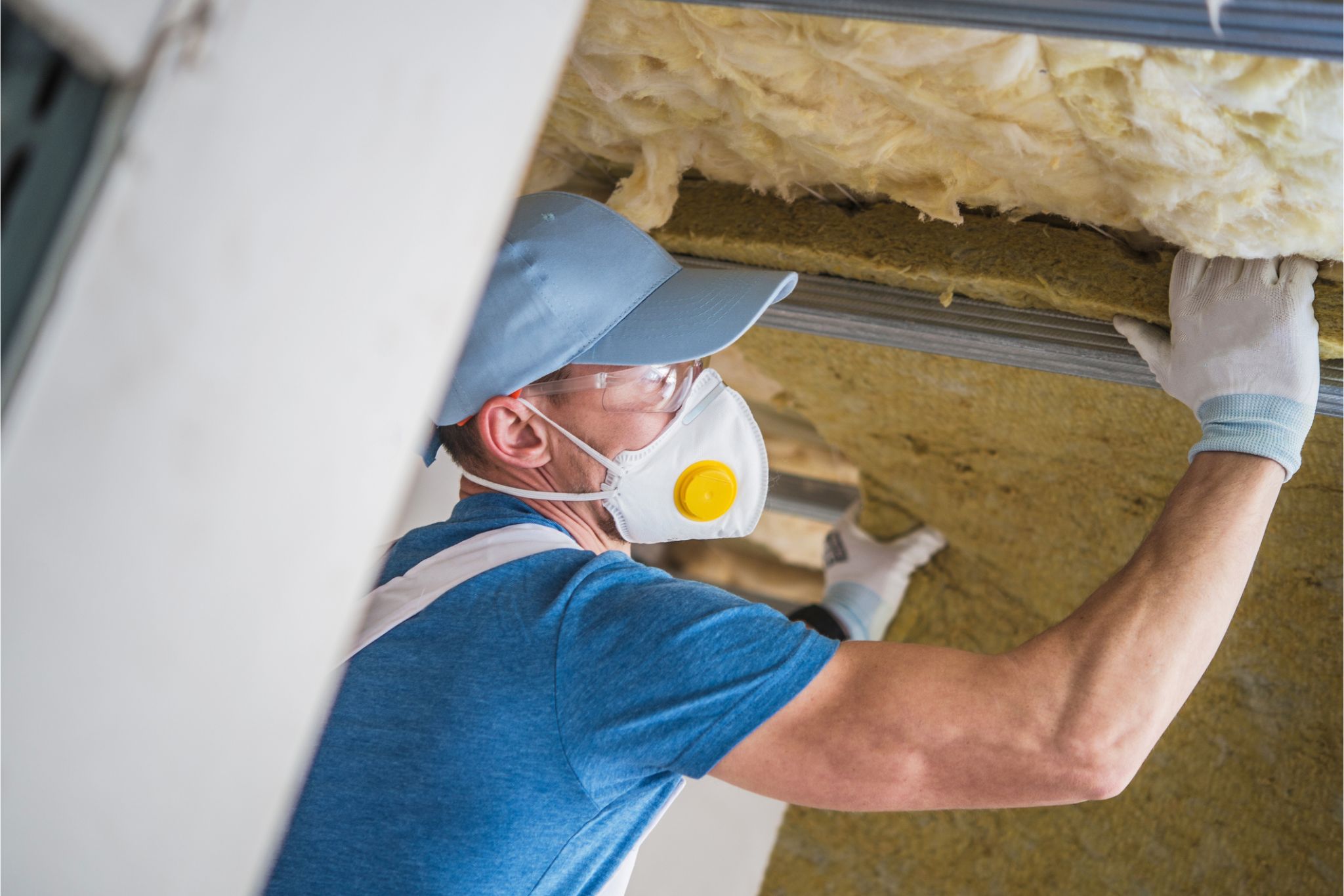

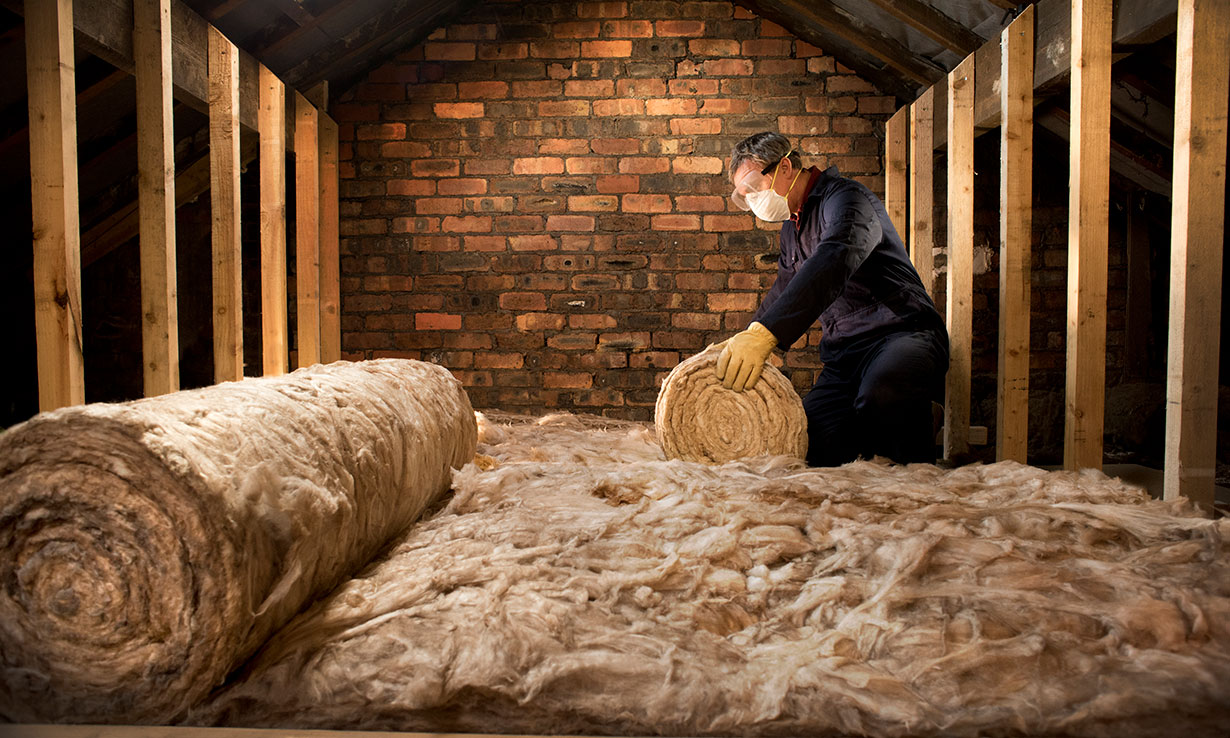





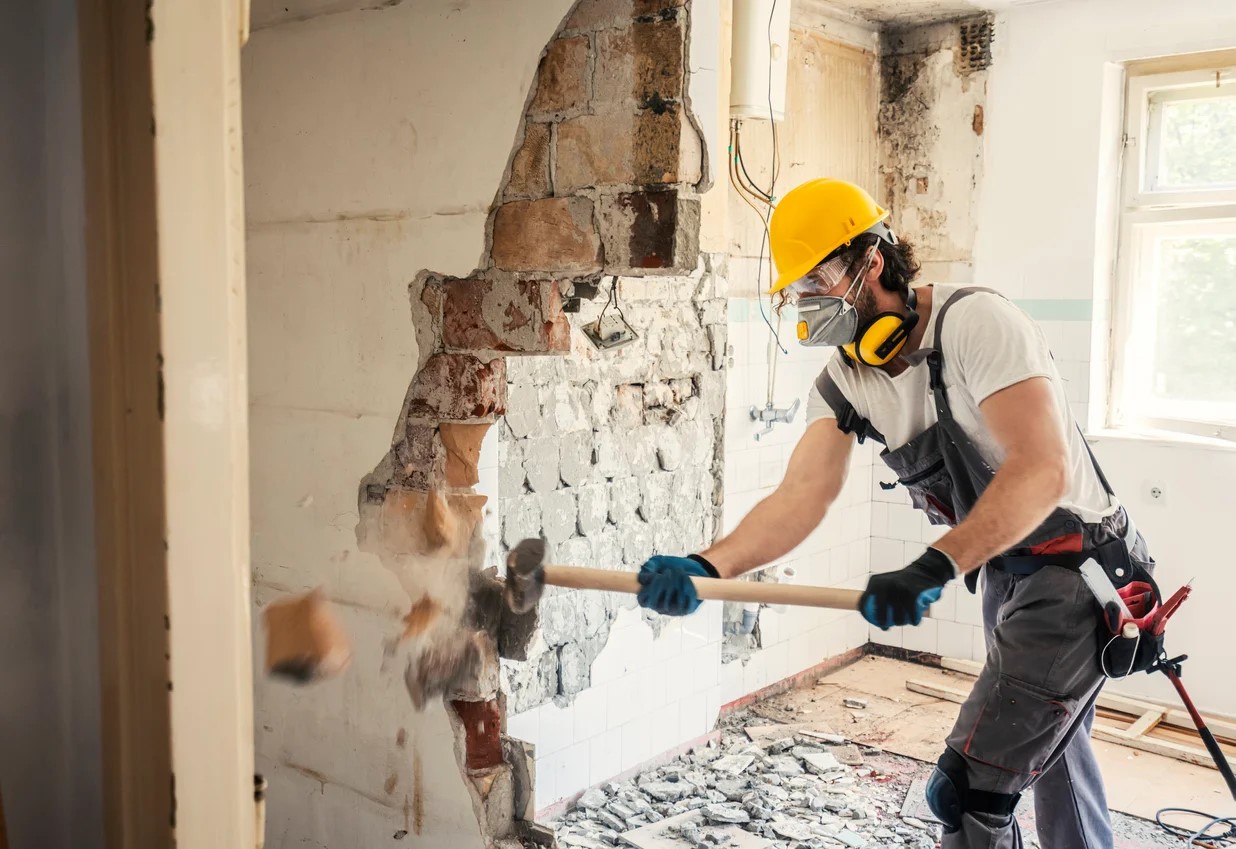



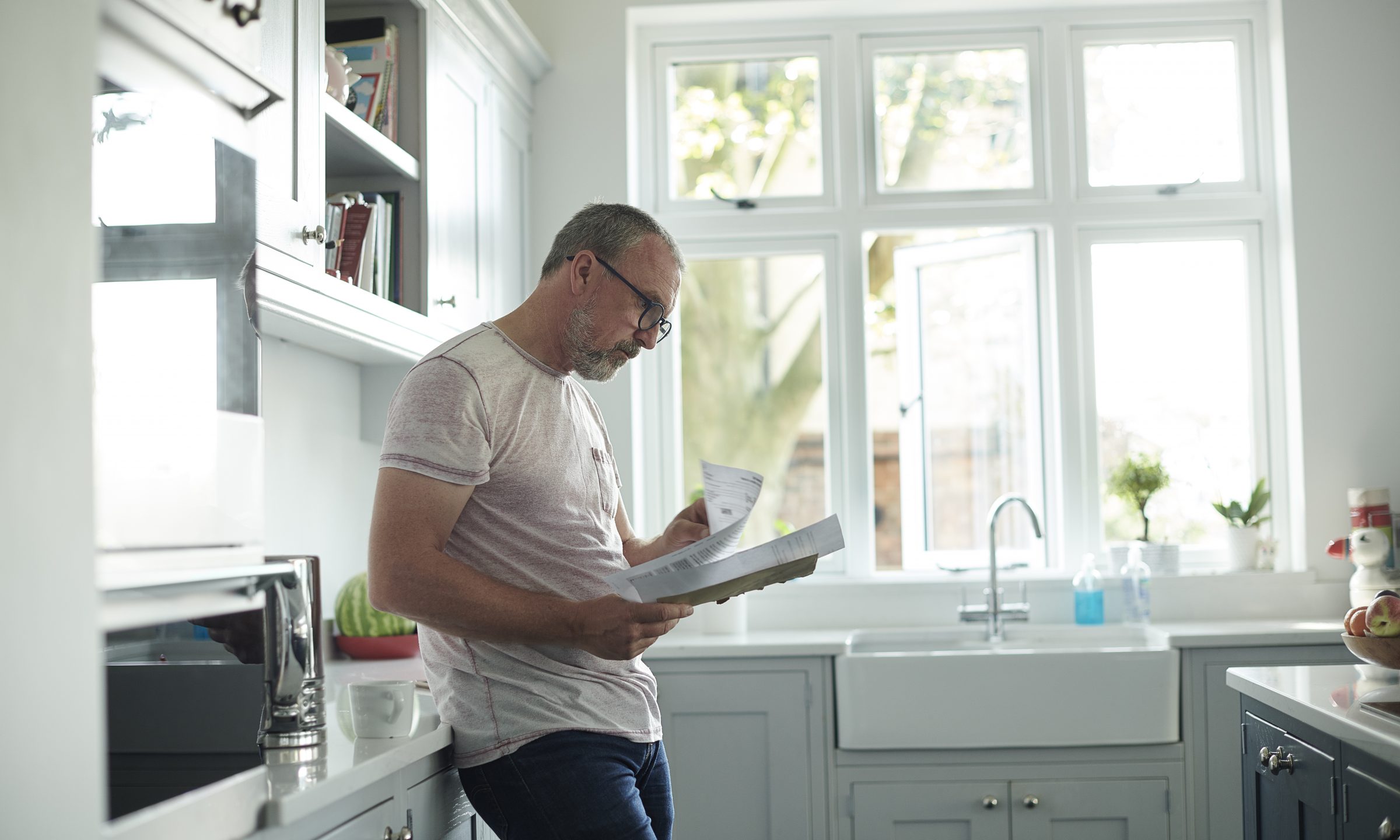


0 thoughts on “What Qualifies As Energy-Efficient Home Improvements For Tax Purposes?”